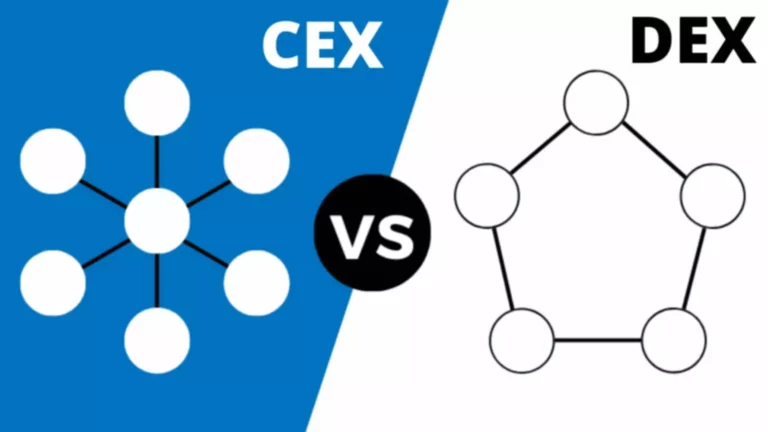Keys In Proof-of-stake Ethereum
For Ethereum, users will want to stake 32 ETH to turn into a validator. Validators are chosen at random to create blocks and are answerable for checking and confirming blocks they do not create. A consumer’s stake can additionally be used as a way to incentivise good validator behaviour. For example, a user can lose a portion of their stake for things like going offline (failing to validate), or their entire stake for deliberate collusion.

The move has been a few years in the making but doesn’t come with out dangers. To better understand this web page, we advocate you first read up on consensus mechanisms. As a result, mining with one or a quantity of GPUs brings about 70% of return on investment versus 5% of annual percentage rate for staking. It is clear that graphics cards are extremely valued these days, so it makes a lot of sense to begin out mining Ethereum or other cash. On Friday, staking swimming pools had been offering returns of four.7%, according to Staking Rewards.
How Do You Turn Into A Stakeholder Or Validator?
However, it is attainable for validators to have different views of the top of the chain due to network latency or as a outcome of a block proposer has equivocated. Therefore, consensus shoppers require an algorithm to determine which one to favor. The algorithm utilized in proof-of-stake Ethereum known as LMD-GHOST(opens in a model new tab), and it works by identifying the fork that has the greatest weight of attestations in its history. When you submit a transaction on a shard a validator will be answerable for adding your transaction to a shard block. Validators are algorithmically chosen by the beacon chain to suggest new blocks. Unlike proof-of-work, validators need not use vital amounts of computational energy because they’re selected at random and aren’t competing.
Proof-of-stake is a mechanism used to verify blockchain transactions. It differs from proof-of-work considerably, primarily in the fact that it incentivizes honest habits by rewarding those who put their crypto up as collateral for an opportunity to earn more. Most different safety features of PoS aren’t advertised, as this might create a possibility to avoid security measures. However, most PoS methods have extra security features in place that add to the inherent safety behind blockchains and PoS mechanisms.
Reasons Cryptocurrencies Are Becoming Rising Well-liked
Only time will inform precisely how safe the community is beneath this new consensus mechanism. Proof of Stake (PoS) is a sort of consensus mechanism that is used to secure blockchain networks. Consensus mechanisms are the spine of all blockchains, as the underlying guidelines that decide how a community functions.

Say, you determined to mine on a bigger scale and buy eight graphics cards to build a rig. According to our article about constructing an Ethereum mining rig, it costs around $600. Let’s permit for a rise in costs and assume that at present it costs $700 to construct a rig. And last however not least, ETH staking in the PoS network brings low earnings. Plus, if one of the rig parts breaks, it’s going to take you plenty of time to detect the issue.
The Beacon Chain
After each epoch, the committee is disbanded and reformed with completely different, random individuals. Miners will nonetheless have the ability to mine ethereum but at a reduced block reward of 0.6 ETH. It will turn out to be far less worthwhile to mine as quickly as Casper is launched. This signifies that there could presumably be a likely unload of mining gear or many miners will simply mine on a unique blockchain.
This all means a coordinated attack could be very pricey for the attacker. In the third quarter of 2022 Ethereum is anticipated to change to Proof-of-Stake. This will put an end to ETH mining on GPUs, and the 2Miners pool where customers are actively mining ETH nows no exception.
Proof Of Stake
Proof-of-Stake is a consensus mechanism where cryptocurrency validators share the duty of validating transactions. Proof-of-Stake (POS) uses randomly chosen validators to verify transactions and create new blocks. Proof-of-Work (POW) uses a competitive validation technique to substantiate transactions and add new blocks to the blockchain. Bitcoin miners earn bitcoin by verifying transactions and blocks. However, they pay their working https://www.xcritical.in/ bills like electricity and hire with fiat currency. So what’s really happening is that miners exchange power for cryptocurrency, which causes PoW mining to make use of as much power as some small countries.
The Ethereum community has seen a notable rise in its staking participation fee, a key metric indicating the proportion of customers actively securing the community by staking their ETH tokens. As of February eleven, the whole amount of ETH staked reached 38.69 million, marking a big dedication from the Ethereum neighborhood. This surge in staking activity is a optimistic signal for the community, reflecting increased user engagement and trust in Ethereum’s PoS mechanism. Casper is an essence is a safety deposit or stake based financial consensus algorithm. As mentioned before, validators are ethereum holders who’ve locked up their ether right into a stake.
Ethash/dashimoto
The plan is to merge it with the main Ethereum chain in the subsequent few months. One of the disadvantages of Ethereum mining on GPUs is the maintenance of units. Even if gadgets operate properly, you proceed to must fine-tune overclocking parameters, rates, and so on., when mining software program gets an upgrade. It’s important to notice that even though a rig doesn’t repay in a 12 months, GPU mining profitability continues to be a lot higher than that of staking. In the example above we got 73% of the preliminary investment in a single yr earning almost $8,500.
This growth is crucial for Ethereum’s scalability, enabling the network to handle more transactions at decrease costs. The main advantage is that you could all the time switch graphics playing cards between different cryptocurrencies or sell them. Plus, a lot of miners purchased their mining equipment and paid it off long ago.
- Thanks to PoS, the network may be protected without big quantities of electricity needed to energy GPU mining rigs.
- Following are the keys from which you’ll generate a genesis state.
- Its creator wanted to do away with the control that third events, typically huge banks or states, exerted over financial techniques.
- The public secret is used as the idea for an Ethereum address—that is, it’s visible to most people and used as a singular identifier.
- PoS blockchains cut back the amount of processing energy needed to validate block information and transactions.
- The bigger your stake is, the more voting energy you will have greater than probably.
Time in proof-of-stake Ethereum is divided into slots (12 seconds) and epochs (32 slots). One validator is randomly selected to be a block proposer in each slot. This validator is answerable for creating a brand new block and sending it out to different nodes on the network. Also in each slot, a committee of validators is randomly chosen, whose votes are used to determine the validity of the block being proposed. Dividing the validator set up into committees is necessary for preserving the network load manageable. Committees divide up the validator set so that every energetic validator attests in every epoch, however not in every slot.
The earlier of the 2 is already justified as a outcome of it was the “goal” in the previous epoch. ETH is on the brink of several technological advancements, with the Dencun upgrade poised to enhance the community considerably. Scheduled on March 13, this upgrade goals to reinforce network efficiency and bolster assist for layer-2 scaling options by way of proto-danksharding.
But they achieve this in different ways and have varying levels of security and reliability. So, a blockchain is a digital ledger of distributed, decentralized, and infrequently public transactions. Each transaction on a blockchain is recorded as a ‘block’ of knowledge and have to be verified by peer-to-peer pc networks earlier than being added to the chain. This system helps safe the blockchain towards fraudulent activity and double-spending.
In 2017 started mining cryptocurrencies and constructed many rigs on his personal. As a result, he gained lots of practical data and became thinking about sharing it with others. In his articles on 2Miners, he shares helpful tips that he tried and tested himself.
